Samsung Galaxy S24+
The Galaxy S24+ is the middle entry in Samsung’s latest line of S phones, sitting between the more compact (and affordable) S24 and the more premium (and expensive) S24 Ultra.
It offers a healthy compromise between the two models, jettisoning the S Pen support and titanium frame of the Ultra but providing a larger, more luxurious display than the S24, as well as a bigger and more dependable battery.
But just how good is it, and does it justify the £200 price increase over its smaller sibling? I put it to the test in this review, and while some may argue that a large phone such as the S24+ should provide S Pen support, we find it nigh-on-perfect in nearly every other department.
DESIGN
The S24+ finds Samsung continuing the cleaner, more modernistic design of the S23 series. But it also introduces a couple of subtle changes, which help to extend this design ethos even further, although some critics might argue that it makes the phone resemble recent iPhone models a little closely.
On the one hand, it features much the same rear camera module that has the three lenses mounted vertically and directly into the back of the phone. This is without the protruding bump (as we had with the S21 and S22 lines), making for a tidier look overall.
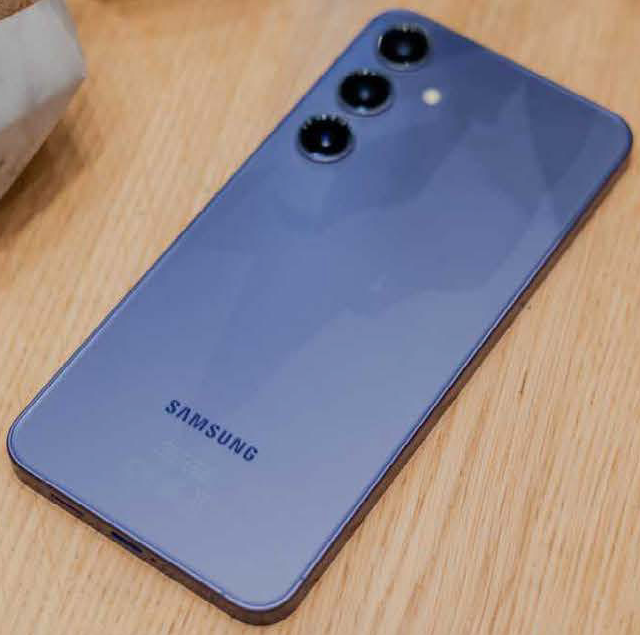
On the other hand, the S24+ has given its sides a fully flat-edged appearance. Again, this does make the model look noticeably more contemporary and streamlined, even if some may accuse Samsung of taking too many cues from Apple.
Still, the phone certainly does please the eye, with its gently metallic range of colours – I’ve reviewed the lovely Cobalt Violet – serving to accentuate the overall sleekness. You can also get the phone in Amber Yellow, Onyx Black and Marble Grey then a further three colours are exclusive (in the UK at least) to the Samsung store: Sapphire Blue, Jade Green and Sandstone Orange.
The overall effect is also helped by the discrete punch-hole selfie camera in the top-centre of the display.
In terms of dimensions and weight, the S24+ is tangibly bigger and heavier than the S24, yet it’s also conveniently smaller and lighter than the flagship S24 Ultra. The difference between each model is approximately 30g, meaning that the S24+ provides a healthy compromise between the compactness of its smaller sibling and the heft of the Ultra.
It’s also a remarkably durable and rugged device, despite its elegant appearance. Fitted with a Gorilla Glass Victus 2 front and back (and an ‘Armor Aluminium’ frame), it also carries an official IP68 rating, so it should take a reasonable amount of use before it shows any wear or damage.
One other nice design feature is the phone’s haptic feedback, which is capable of subtle variations in intensity. This makes interacting with the phone more dynamic and rewarding, with the vibration motor reacting to such actions and events as typing, calls and notifications.
DISPLAY
As far as its screen goes, the Galaxy S24+ provides more of an evolution over its predecessor than a revolution. It too houses a Dynamic AMOLED 2x display, yet this time out the latter uses LTPO technology, providing for a more dynamic, efficient refresh rate and other subtle benefits.
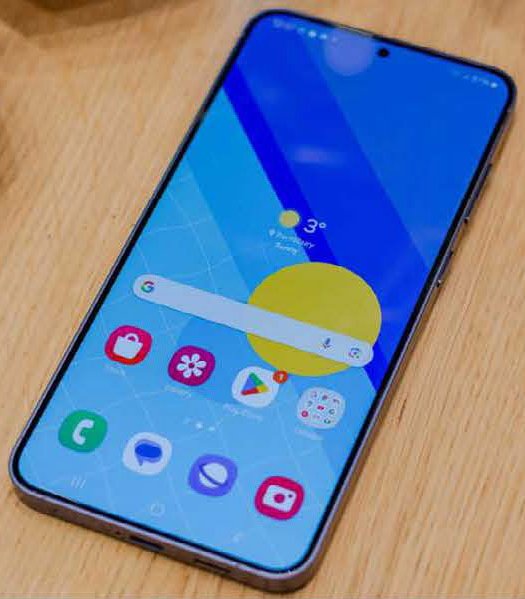
Another minor difference is that the S24+ actually has a fractionally bigger display, at 6.7-inch rather than the 6.6-inch of the S23+. This may not be very meaningful by itself, but it also comes with an improved resolution of 3,120×1,440 pixels (compared to 2,340×1,080 with last year’s model), making for a more vivid screen overall.
So too does the enhanced brightness of the display, which maxes out at roughly 2,600 nits. This means you’re never really struggling to see everything on screen, and when married to a max refresh rate of 120Hz, the overall visual experience provided by the S24+ is almost second to none.
One unseen yet important feature of the display is the revamped fingerprint sensor, which is now a little faster and more accurate. It’s a slight difference, but in reducing the latency involved in unlocking the phone, it helps the phone to give the impression of providing a smoother overall experience.
Complementing the display are the S24+’s narrower bezels, which allow for the 0.1-inch increase in the phone’s screen size. Its overall thinness helps to give the phone a more premium aesthetic, as does the aforementioned punch-hole selfie camera.
Rounding off the phone’s impressive screen are its stereo speakers, which provide high-fidelity 32-bit audio and make the device viable as a low-key audio player. While it unsurprisingly doesn’t stand up against dedicated stereos, it provides enough quality for you to watch TV and film without missing a standalone Bluetooth speaker.
PERFORMANCE
Samsung has always prided itself on the performance of its Galaxy S line, and the S24+ certainly isn’t a slouch in terms of power. Equipped with a Qualcomm Snapdragon 8 Gen 3 processor in North America and China, it alternatively packs an Exynos 2400 everywhere else, with both chipsets produced using a 4nm manufacturing process.
This makes both processors pretty nimble (even if the Qualcomm is slightly faster), and when combined with 12GB of RAM, the Galaxy S24+ remains responsive and rapid in pretty much all situations. It opens apps without delay, can flick between multiple tasks seamlessly, and handles all of the latest Android games with ease.
Asphalt 9 is usually a good benchmark of how capable phones are as gaming devices, and in my testing, the S24+ provided a very frictionless experience. Graphics are rendered smoothly and without any lag or slowdown, while detail and resolution remain high throughout.
It seems that the S24+ will have no problem handling games for the next few years, with the 256GB of internal storage you received as standard (can also pay more for 512GB) providing enough space for several game installations.
However, one slight drawback is that the S24+ doesn’t come with a microSD card slot, which is something you can get with more budget models (such as the Galaxy A15 5G). This seems like something of an oversight on a model that costs £999 (or £1,099 with 512GB), even if it is common on flagship handsets.
The riposte to this complaint is that, as the benchmarks below make clear, this money is justified by the phone’s market-leading performance. You’ll struggle to find a faster Android for the price.
Geekbench 6 (multi-core)
Samsung Galaxy S24+: 6,945
Samsung Galaxy S24 Ultra: 7,141
Asus ROG Phone 8 Pro: 7,440
Google Pixel 8 Pro: 3,962
OnePlus 12: 4,819
Xiaomi 13 Ultra: 5,161
GFX Manhattan 3.1
Samsung Galaxy S24+: 119fps
Samsung Galaxy S24 Ultra: 120fps
Asus ROG Phone 8 Pro: 165fps
Google Pixel 8 Pro: 85fps
OnePlus 12: 60fps
Xiaomi 13 Ultra: 107fps
Battery life
Samsung Galaxy S24+: 16 hours, 4 minutes
Samsung Galaxy S24 Ultra: 14 hours, 14 minutes
Asus ROG Phone 8 Pro: 11 hours, 34 minutes
Google Pixel 8 Pro: 9 hours, 33 minutes
Xiaomi 13 Ultra: 9 hours, 53 minutes
Charge in 15 minutes
Samsung Galaxy S24+: 16%
Samsung Galaxy S24 Ultra: 30%
Asus ROG Phone 8 Pro: 45%
Google Pixel 8 Pro: 12%
OnePlus 12: 67%
Xiaomi 13 Ultra: 48%
PHOTOGRAPHY
Samsung is known for its highly versatile camera phones, and the Galaxy S24+ is no exception. It comes with a 50Mp main rear lens that includes dual pixel auto-focus and optical image stabilization (OIS), as well as a 12Mp ultrawide lens (and Super Steady video recording) and a 10Mp telephoto lens capable of 3x optical zoom.
Each of these lenses are useful, and while the two extra cameras may require more careful use in certain situations, they’re more accommodating than the ultrawide and telephoto lenses you find on many Androids.
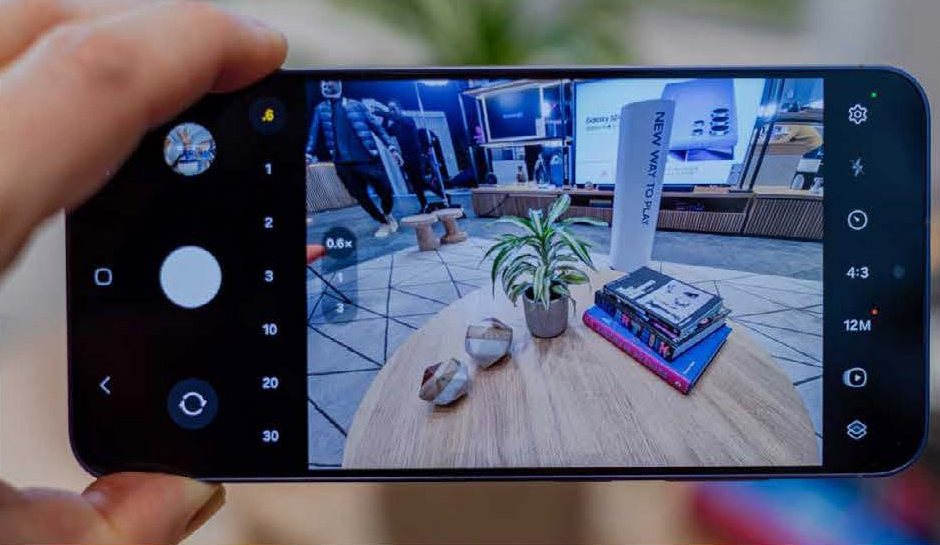
Using the main 50Mp lens, photos are detailed and rich under good lighting. Colours are strong and dynamic, and while some may continue to pine for a little more realism, the saturation is never too excessive. Indeed, the way the phone handles processing arguably means that the photos you’ll take will be more impressive and more shareable, especially in contrast to phones that provide images with a more transparent yet sometimes dull aspect.
The ultrawide lens is also very handy, providing for more panoramic scenes while still retaining a satisfying level of resolution and sparkle. Colours continue to pop, and given that it offers a 120-degree field of view, it will be great for holiday and travel snaps.
Something similar can be said for the 10Mp telephoto camera, even if you will likely see a drop-off in clarity and crispness in many cases. It can be very useful for taking photos of subjects at some distance away (as you can see with the deer pictures in the gallery below), although there’s little doubt that it won’t be an everyday lens in the way the wide and ultrawide cameras are.
It’s also worth mentioning the phone’s night mode and new AIbased editing features, which can both serve a purpose even if they aren’t always perfect.
The night mode, which automatically activates when things turn darker, does a great job of artificially illuminating scenes and providing subjects with enough definition. Meanwhile, you can use the new editing features to (re)move and resize objects à la Google’s recent Pixel phones, something which can prove a lifesaver once you learn how to do it properly.
Lastly, the S24+ comes with a 12Mp selfie camera that also features dual-pixel autofocus, making it very reliable as a point-and-shoot portrait taker. Allied with the software-based portrait mode, it’s very easy to take selfies that you’d happily post on social media and share with others.
BATTERY LIFE
Battery life may not be particularly sexy, but it’s one of the main factors determining just how reliable and useful a smartphone is. And fortunately, the S24+ has battery life in spades.
It comes equipped with a 4,900mAh cell, which puts it just below the S24 Ultra (5,000mAh) and comfortably ahead of the S24 (4,000mAh). Sometimes, a large battery doesn’t always equal a long-running battery in practice, yet this isn’t the case with the S24+.
I comfortably lasted two days on numerous occasions while reviewing the phone, although those who use it regularly for gaming and other media will need a more or less daily recharge. I also found that the adaptive refresh rate setting – which enables the max 120Hz rate–doesn’t drain its juice as much as it does with other Androids as it can drop to lower rates to save power.
These observations are backed up by the results of the PCMark battery test we subject phones to, with the S24+ lasting a little more than 16 hours – a very impressive result.
Samsung does actually claim that battery life allows for 29 hours of video playback, yet getting close to such a figure will depend on turning off the adaptive refresh rate and lowering the brightness, while also using the phone a little more sparingly.
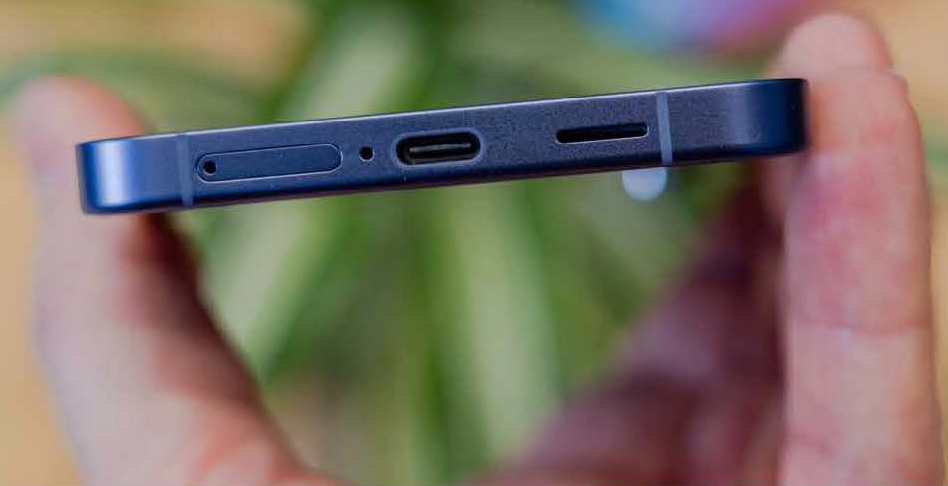
When it comes to charging, the S24+ continues the phone industry’s latterday tradition of not including chargers. However, the model is compatible with 45-watt fast wired charging, as well as 15-watt wireless charging. I tested it with a 25-watt charger and got to
34 percent in half an hour. The Galaxy S24+ is not as fast at replenishing itself as other devices available this year, but it’s fast enough if you have the right charger, and when combined with its long battery life will keep most people happy.
SOFTWARE
The S24+ comes with Android 14 and One UI 6.1 installed out of the box, with the latter providing a frictionless and well-presented user experience.
As we’ve come to expect with Samsung One UI skin, panels and screens are laid out in an intuitive and responsive way, with the phone making it easy for users to find their way around.
One UI 6.1 is one of the best-looking Android skins and remains highly customizable. This time around you can also customize the phone’s lock screen according to the Modes you’ve set up, for example, enabling you to add app shortcuts depending on which Mode is activated.
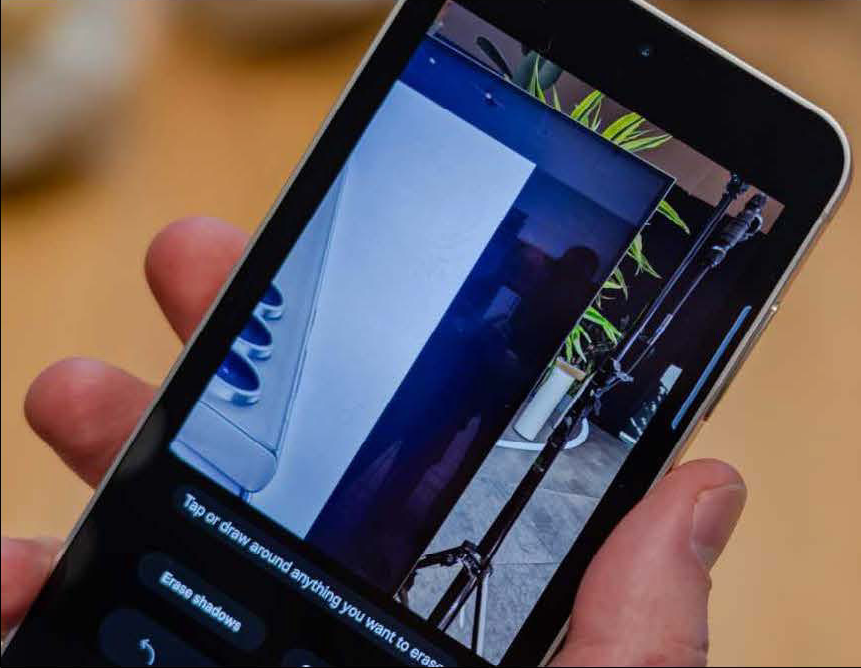
Of course, the headline addition to the S24+ from a software perspective are the variety of AI features, which Samsung refers to as ‘Advanced intelligence’ features. These are organized into seven groups, with most offering helpful ways of getting certain things done more quickly.
While much has already been written about the photo editor and live translator, my personal favourite is the auto-transcript tool for voice recordings. It’s not always 100 percent accurate, but if you need to record and then transcribe lectures, interviews and other speech, it can save you plenty of time without costing you a penny.
Overall, the phone’s software is second to none when it comes to Android devices (save for perhaps the Pixel phones), so it’s very pleasing that Samsung has committed to providing the S24+ with seven years of core Android updates. This provides excellent value for money, enabling users to avoid having to upgrade their phones within only a few years.
VERDICT
The Samsung Galaxy S24+ is undoubtedly one of the best Androids you can buy today, and despite the lack of S Pen support and other features is surprisingly close to the S24 Ultra in terms of overall quality. It ticks all of the important boxes, offering a clean design, beautiful screen, superb performance, versatile cameras, powerful software, and generous battery life. It’s a happy medium sitting in the middle of the range if you want a big phone and have the money to spend, you won’t be disappointed.
SPECIFICATIONS
- 6.7-inch (3,120×1,440; 513ppi) Dynamic LTPO AMOLED 2X, 120Hz, HDR10+ display
- Android 14, One UI 6.1
- Exynos 2400 (4nm) processor
- Octa-core (1x 3.39GHz Cortex-X4, 3x 3.1GHz Cortex-A720, 2x 2.9GHz Cortex-A720, 2x 2.2GHz Cortex-A520) CPU
- Xclipse 940 GPU
- 12GB RAM
- 256GB/512GB storage
- Three rear-facing cameras:
50Mp, f/1.8, 24mm (wide), 1/1.56-inch, 1.0μm, dual pixel PDAF, OIS;
10Mp, f/2.4, 67mm (telephoto), 1/3.94-inch, 1.0μm, PDAF, OIS, 3x optical zoom;
12Mp, f/2.2, 13mm, 120-degree (ultrawide), 1/2.55-inch 1.4μm, Super Steady video) - Selfie camera: 12Mp, f/2.2, 26mm (wide), dual pixel PDAF
- Stereo speakers
- Wi-Fi 802.11 a/b/g/n/ac/6e, tri-band, Wi-Fi Direct
- Bluetooth 5.3, A2DP, LE
- NFC
- GPS, GLONASS, BDS, GALILEO, QZSS
- USB Type-C 3.2, DisplayPort 1.2, OTG
- Fingerprint scanner (under display, ultrasonic)
- Non-removable 4,900mAh lithium-ion battery
- 158.5×75.9×7.7mm
- 196g

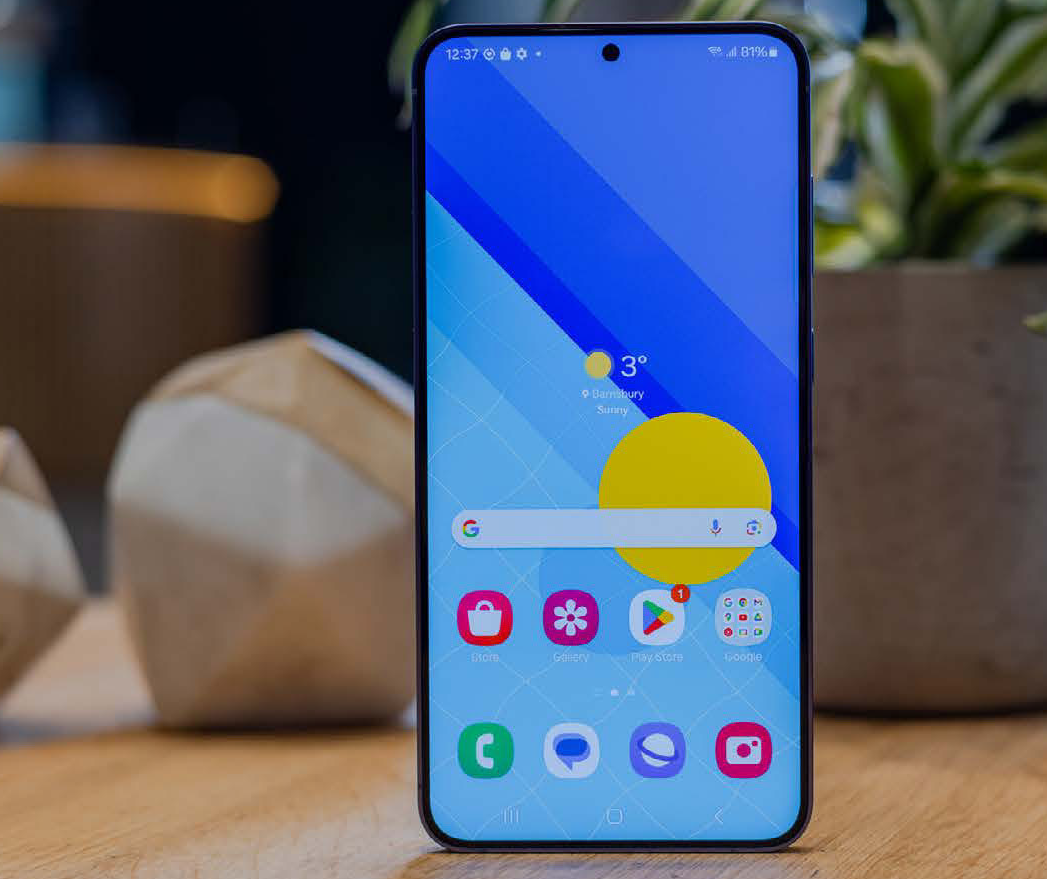






You must be logged in to post a comment.